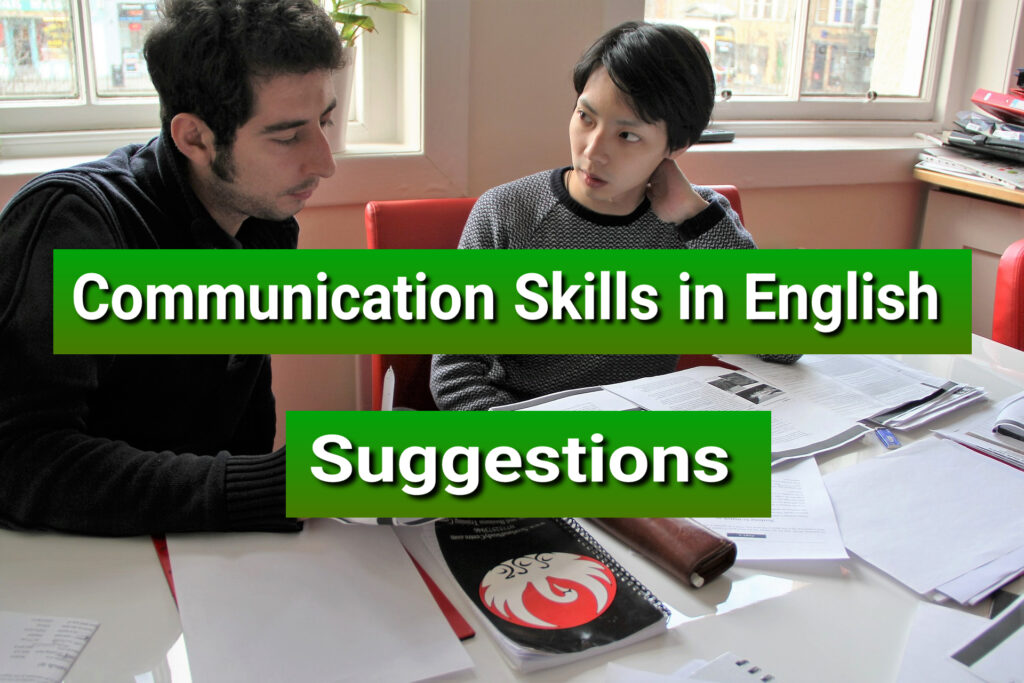
COMMUNICATION: THEORY & PRACTICE – Unit 1
UNIT – 1
COMMUNICATION: THEORY & PRACTICE
Basics of Communication Skills
(1) What is communication?
Communication is the process of exchanging information, ideas, or messages between individuals, groups, or entities. It involves sending and receiving information through various channels such as verbal, nonverbal, written, or visual means. Effective communication involves not only transmitting information accurately but also understanding the message being communicated and responding appropriately. Communication can be used for various purposes, such as to inform, persuade, entertain, or establish relationships, and is an essential skill for personal, professional, and social success.

(2) Explain the process of Communication.
The communication process involves several key elements, including the sender, the message, the medium, the receiver, feedback, and noise. Here’s a breakdown of the process:
Sender: The person or entity who initiates the communication process and creates the message to be transmitted.
Message: The information, idea, or content that the sender intends to communicate to the receiver.
Medium: The channel or method used to convey the message, such as speech, writing, or electronic media.
Receiver: The person or entity who receives the message and decodes it into their own understanding.
Feedback: The response or reaction of the receiver to the message, which may be verbal or nonverbal.
Noise: Any interference or disturbance that can disrupt the communication process, such as environmental factors, language barriers, or emotional distractions.
The process of communication begins with the sender creating a message to be conveyed through a particular medium. The receiver then receives the message and interprets it according to their own perspective and context. Feedback is given by the receiver to the sender, which allows the sender to adjust their message or approach if necessary. Noise can also affect the communication process by causing confusion or misinterpretation. Successful communication occurs when the message is accurately transmitted and received, and any misunderstandings or barriers are resolved.

(3) What are 7c’s of Communication? Elaborate.
The 7 C’s of communication are a set of principles that can be used to create effective and clear communication. These 7 C’s are:
(i) Clarity: The message should be clear and easy to understand. Avoid using jargon or technical language that the recipient might not understand. Use simple and concise language to get your point across.
(ii) Conciseness: The message should be brief and to the point. Avoid unnecessary information or details that may confuse the recipient. Use only relevant information to communicate the message effectively.
(iii) Completeness: The message should be complete, meaning that it should contain all the necessary information. Ensure that the message addresses all the questions or concerns that the recipient might have. Incomplete messages can lead to misunderstandings and confusion.
(iv) Correctness: The message should be accurate and free of errors. Check your facts and figures before communicating them. Incorrect information can damage your credibility and the recipient’s trust.
(v) Courtesy: The message should be polite and respectful. Use polite language and avoid using harsh or offensive language. Show respect to the recipient, even if you disagree with their ideas or opinions.
(vi) Consideration: The message should be designed with the recipient in mind. Consider their needs, preferences, and expectations. Try to communicate the message in a way that is meaningful and relevant to the recipient.
(vii) Concreteness: The message should be specific and tangible. Use specific examples and details to support your message. Avoid vague or abstract statements that are difficult to understand.

(4) Write a note on Different Types of Communication.
Communication is the process of exchanging information and ideas between individuals or groups. It is an essential part of our daily lives and takes various forms, each with its unique characteristics and purposes. Here are some of the different types of communication:
Verbal Communication: This type of communication involves the use of spoken or written words. It includes face-to-face conversations, phone calls, video chats, and written messages such as emails, letters, and memos.
Nonverbal Communication: Nonverbal communication refers to the use of body language, gestures, facial expressions, eye contact, and tone of voice to convey a message. This type of communication can enhance or contradict verbal messages.
Visual Communication: This type of communication involves the use of images, videos, and other visual aids to convey a message. Examples include infographics, diagrams, charts, and videos.
Written Communication: Written communication includes all forms of written messages, such as emails, letters, reports, and memos. It is a formal method of communication and is often used in the workplace and academic settings.
Interpersonal Communication: This type of communication takes place between individuals and is based on a two-way exchange of information. It includes face-to-face conversations, phone calls, and video chats.
Group Communication: Group communication involves the exchange of information and ideas among three or more people. It includes meetings, conferences, and group discussions.
Mass Communication: This type of communication is used to reach a large audience and is often mediated by technology. Examples include television, radio, newspapers, and social media.
Effective communication requires choosing the right type of communication for the message and audience, and using the appropriate methods to convey the message clearly and effectively.

(5) Write a note on Technical Communication.
Technical communication refers to the process of conveying technical information to an intended audience through various forms of media. This type of communication typically involves the use of specialized terminology, diagrams, charts, and other visual aids to help explain complex concepts.
Technical communication is used in a wide range of fields, including engineering, science, medicine, and technology. It is an essential part of the development and dissemination of technical information, as it helps to ensure that information is accurate, clear, and easy to understand.
Effective technical communication requires a deep understanding of the subject matter, as well as strong writing and presentation skills. Technical communicators must be able to translate complex technical information into language that is accessible to a wide range of audiences, including technical experts, managers, and laypeople.
In addition to writing technical manuals, reports, and other documentation, technical communicators may also be involved in creating multimedia presentations, training materials, and online help systems. They may work in a variety of settings, including corporations, government agencies, and non-profit organizations.
Overall, technical communication is a vital aspect of the modern world, helping to facilitate the exchange of information and knowledge across a wide range of disciplines and industries. By enabling effective communication between technical experts and their audiences, technical communicators play a critical role in advancing science, technology, and innovation.
Read More:
Unit 1: Communication: Therory & Practice
Unit 2: Soft Skills for Professional Excellence
Unit 3: Reading Comprehension
Unit 4: Professional Writing
Unit 5: Vocabulary and Grammar
Written by Chhanda Kaity
Chhanda Kaity, Asst. Professor (Lecturer), Bishnupur Public Institute of Engineering completed his Masters from Vidyasagar University with First Class after graduating with honours in English Literature from The University of Burdwan. He also completed B.Ed from The University of Burdwan.






Comments
No Comments Yet